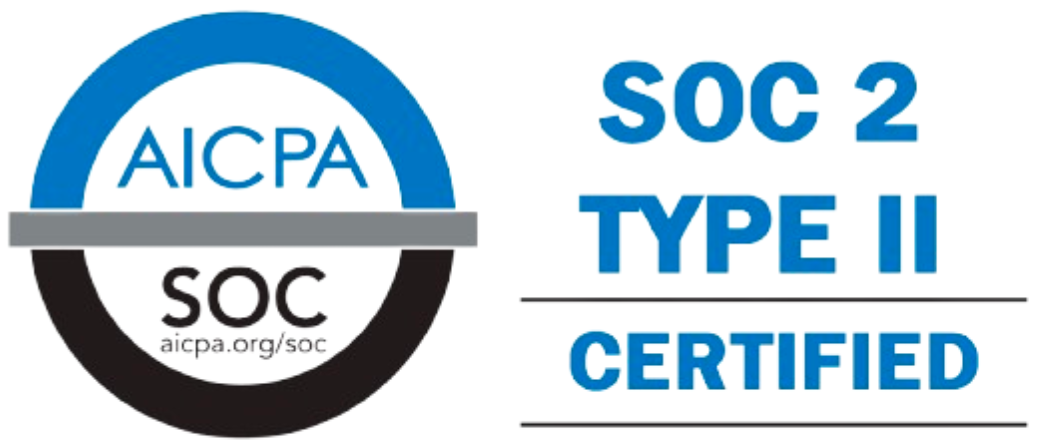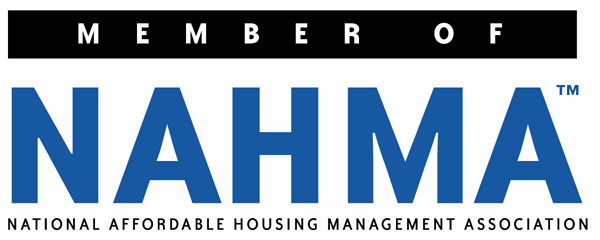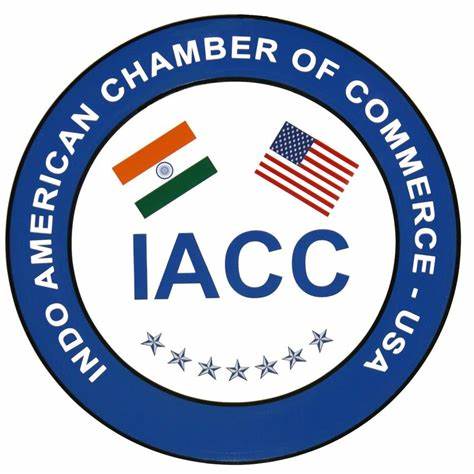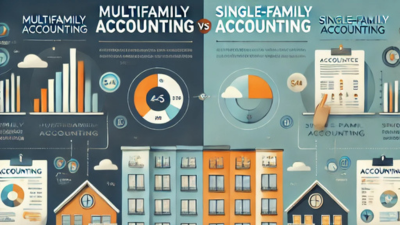
The Key Differences Between Multifamily Accounting and Single-Family Accounting
- February 26, 2025
- OHI

Managing real estate investments can be incredibly rewarding, but it also comes with unique complexities—particularly when it comes to accounting. For investors or property managers, understanding the financial differences between multifamily and single-family properties is crucial to improving operational efficiency, ensuring compliance, and driving profitability.
This article breaks down the key differences between multifamily accounting and single-family accounting, speaking to the specific needs of investors, property managers, and financial professionals. By the end, you’ll have a clear understanding of how these two forms of real estate accounting vary and why specialized approaches are necessary for both.

Before we explore the differences, it’s important to define what we mean by multifamily and single-family properties:
While both asset types generate rental income, the scale and complexity of operations—and therefore the accounting—can differ significantly.

The first significant difference lies in the scale and complexity of revenue streams:
Both multifamily and single-family properties accrue operating costs, but the scope and variety of these costs differ:
Property management frequently involves repairs and maintenance, but the nature and financial tracking of these obligations vary greatly:
Another important consideration is the software tools used in managing single-family and multifamily accounting.
Vacancy and tenant turnover are inevitable in real estate, but their financial impacts depend on the type of property.
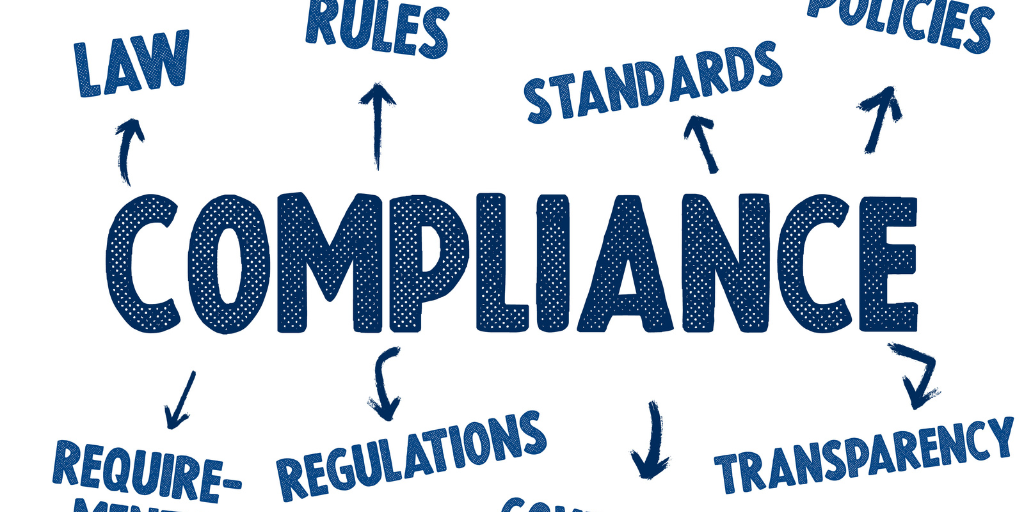
Accounting for real estate properties demands compliance with various tax regulations and financial reporting requirements.
Performance tracking is critical, particularly in multifamily operations.

The financial and operational differences between single-family and multifamily properties make specialized approaches to accounting essential. Multifamily property owners will generally benefit from investing in robust management tools and hiring professionals with expertise in scaling operations and handling compliance. Meanwhile, single-family property owners can lean on simpler systems and processes to oversee their investments efficiently.
Understanding these nuances is critical for maximizing profitability, ensuring transparency, and facilitating growth in the real estate industry.

Whether you’re managing a single-family rental or a sprawling apartment complex, understanding the key accounting differences helps you lay the groundwork for sound financial practices. Each comes with its unique challenges and opportunities.
If you’re a single-family landlord or real estate investor, your path may be more straightforward but still demands attention to budgeting and tenant relationships. Multifamily property operators, however, need sophisticated tools and expertise to juggle the complexity of operations across dozens or hundreds of residents.
No matter which investment path you choose, keeping your accounting in order is the foundation of long-term success. Consider consulting with a property accounting professional or implementing property-specific accounting software to better manage your real estate assets.
Contact us for a customized NO OBLIGATION proposal for outsourcing your accounting activities.
